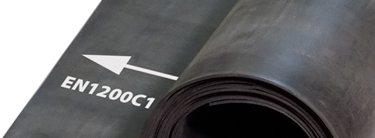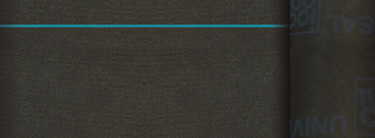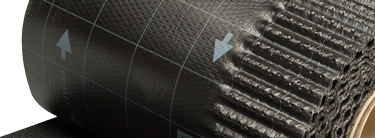Rubber
Properties of rubber
Rubber is a non-porous material that repels liquids. One consequence of this fact is that oil-based inks will not dry on it. In addition, rubber also often has a dark color which prevents dark inks from being clearly visible. To be able to achieve properly contrasting coding on rubber (that will also dry well) non-porous inks with pigments are therefore required. Pigments are dyes that are contained in ink as finely ground particles. As a result, they do not dissolve making good solid-light colored printing possible (such as white, yellow or blue).
Suitable coding techniques for rubber
Pigment containing non-porous (solvent) inks can be used effectively in combination with Hi-Res Inkjet. The solvent evaporates when applying the code and then leaves the pigment behind on the rubber. Non-porous surfaces can also be coded by techniques based on thermal transfer such as Hotprint or Hot Solid Inks. In these techniques, the dyes also consist of solids (wax or resin). By heating these, they are liquefied and they can be applied in this state. After application, the coding cools down and leaves behind a good solid print.



